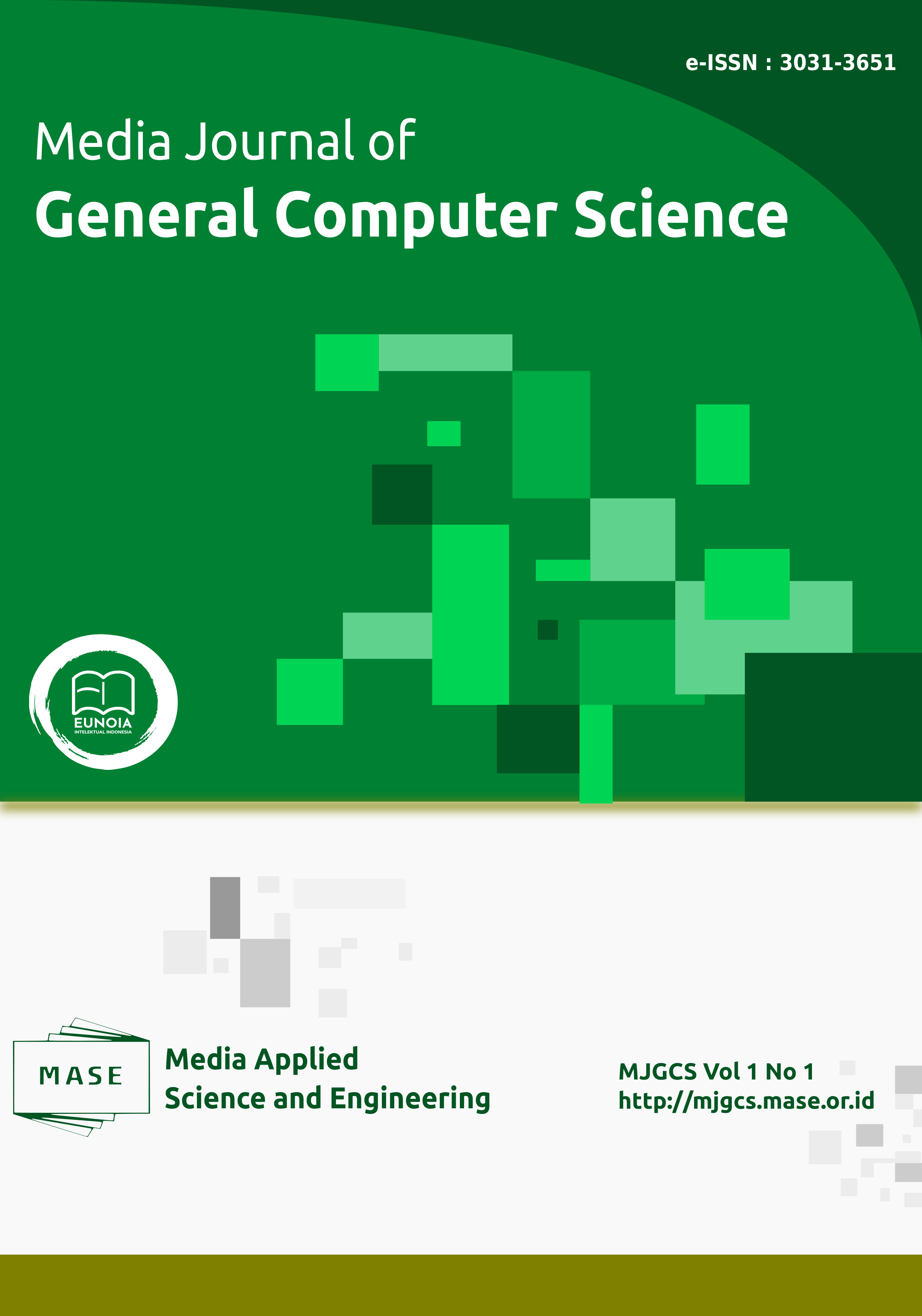Improvement Attack Detection on Internet of Thinks Using Principal Component Analysis and Random Forest
DOI:
https://doi.org/10.62205/mjgcs.v1i1.8Keywords:
IoT, IDS, PCA, Random ForestAbstract
Network security has become crucial in facing increasingly complex and sophisticated attack threats. Network intrusion detection aids in identifying suspicious activities indicating unauthorized intrusions. This research aims to enhance the performance of advanced attack detection. The Random Forest method is an algorithm that leverages an ensemble of decision trees. This ensemble comprises several independent decision trees used to classify data. One characteristic of the Random Forest method is its ability to address overfitting issues and provide good predictive quality. One approach to improving RF's performance is through Principal Component Analysis (PCA). PCA is a statistical technique used to reduce feature dimensionality. PCA eliminates feature correlations and identifies essential features that can enhance the detection of attacks and normal traffic. This research will be tested with the CIC IoT 2023 dataset, encompassing various attack types. The model testing consists of four feature dimensions, namely 5, 8, 10, and 47. The detection results are promising, significantly improving attack detection performance, reaching up to 99.2%.
References
I. Sumaiya Thaseen, J. Saira Banu, K. Lavanya, M. Rukunuddin Ghalib, and K. Abhishek, “An integrated intrusion detection system using correlation-based attribute selection and artificial neural network,” Trans. Emerg. Telecommun. Technol., vol. 32, no. 2, pp. 1–15, 2021, doi: 10.1002/ett.4014.
V. No, J. Hal, F. Adi, R. Anggi, D. Puji, and E. Kartikadarma, “Optimasi Algoritma Random Forest menggunakan Principal Component Analysis untuk Deteksi Malware,” vol. 5, no. 3, pp. 217–223, 2023.
A. Nugraha and N. Rijati, “Penerapan Metode Principal Component Analysis (PCA) Untuk Deteksi Anomali Pada Jaringan Peer-To-Peer (P2P) Botnet,” Techno.COM, vol. 14, no. 3, pp. 212–217, 2015.
R. Pangestu and A. Solichin, “Klasifikasi Serangan Jaringan Menggunakan Metode Decision Tree Berbasis Website,” Semin. Nas. Mhs. Fak. Teknol. Inf., no. September, pp. 614–620, 2022,
T. Oshiro, P. Perez, and J. Baranauskas, “How Many Trees in a Random Forest?,” in Lecture notes in computer science, 2012, vol. 7376, doi: 10.1007/978-3-642-31537-4_13.
R. L. Atimi and Enda Esyudha Pratama, “Implementasi Model Klasifikasi Sentimen Pada Review Produk Lazada Indonesia,” J. Sains dan Inform., vol. 8, no. 1, pp. 88–96, 2022, doi: 10.34128/jsi.v8i1.419.
A. Fathan Hidayatullah and A. Sn, “Analisis Sentimen Dan Klasifikasi Kategori Terhadap Tokoh Publik Pada Twitter,” Semin. Nas. Inform., vol. 2017, no. semnasIF, pp. 115–122, 2017.
R. Sudiyarno, A. Setyanto, and E. T. Luthfi, “Peningkatan Performa Pendeteksian Anomali Menggunakan Ensemble Learning dan Feature Selection Anomaly Detection Performance Improvement Using Ensemble Learning and Feature Selection,” Citec J., vol. 7, no. 1, pp. 1–9, 2020.
E. Carlos et al., “CICIoT2023: A Real-Time Dataset and Benchmark for Large-Scale Attacks in IoT Environment,” 2023.
R. Rahul, “Random Forest Classification and it’s Mathematical Implementation. Medium.,” 2020.
M. F. R. Alif P. B.A, Yudha P., “Deteksi Malware Menggunakan Metode Random Forest Berdasarkan Analisa Forensik,” 2021.
Downloads
Published
Issue
Section
License
Copyright (c) 2023 Adrian Pirtama, Yuda Prasetia, Redho Irnindo Saputra, Eko Arip Winanto

This work is licensed under a Creative Commons Attribution 4.0 International License.






